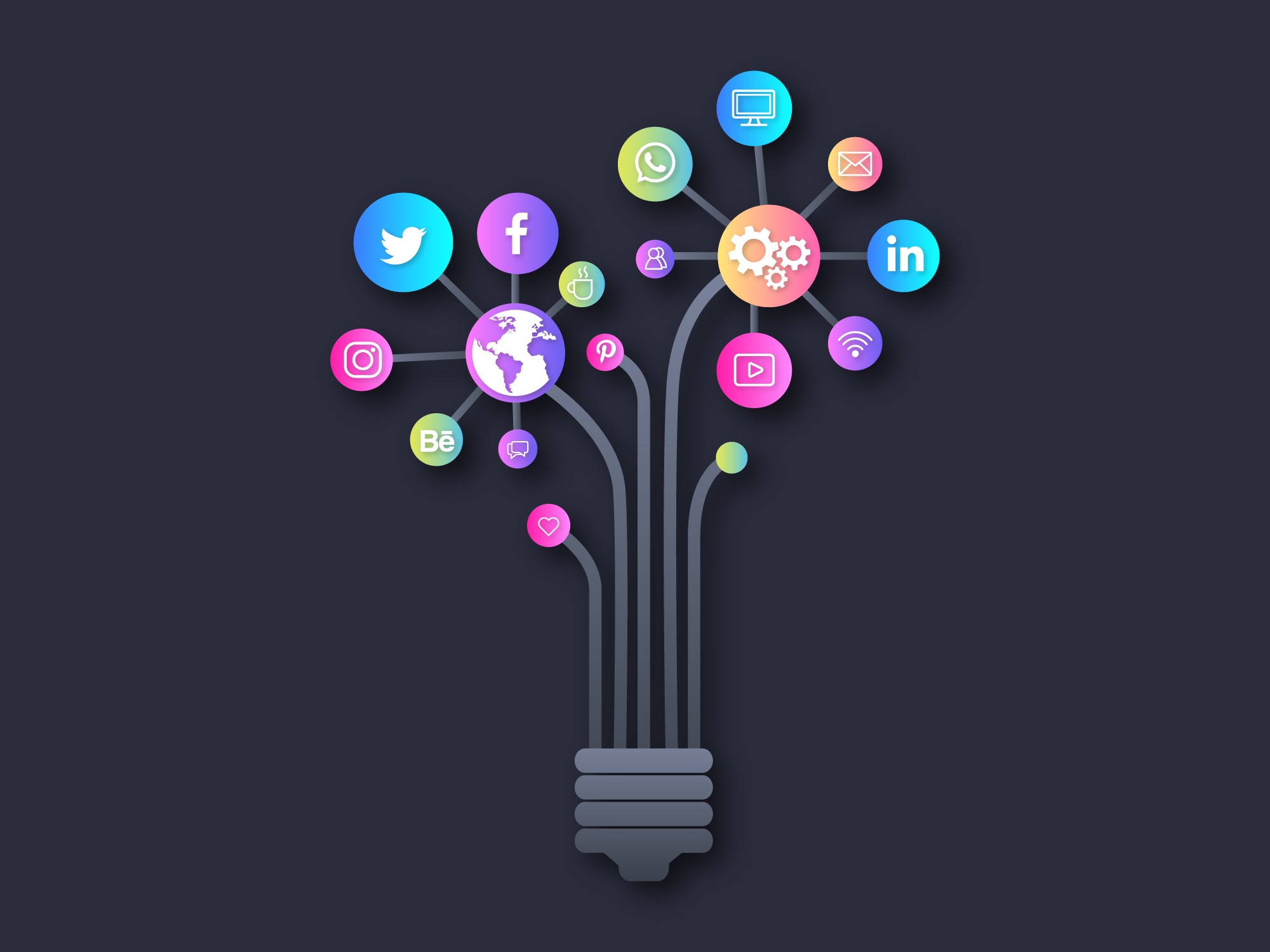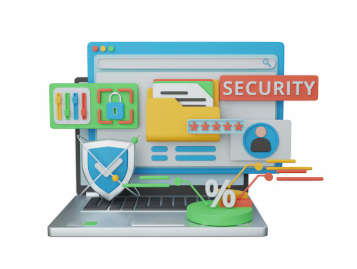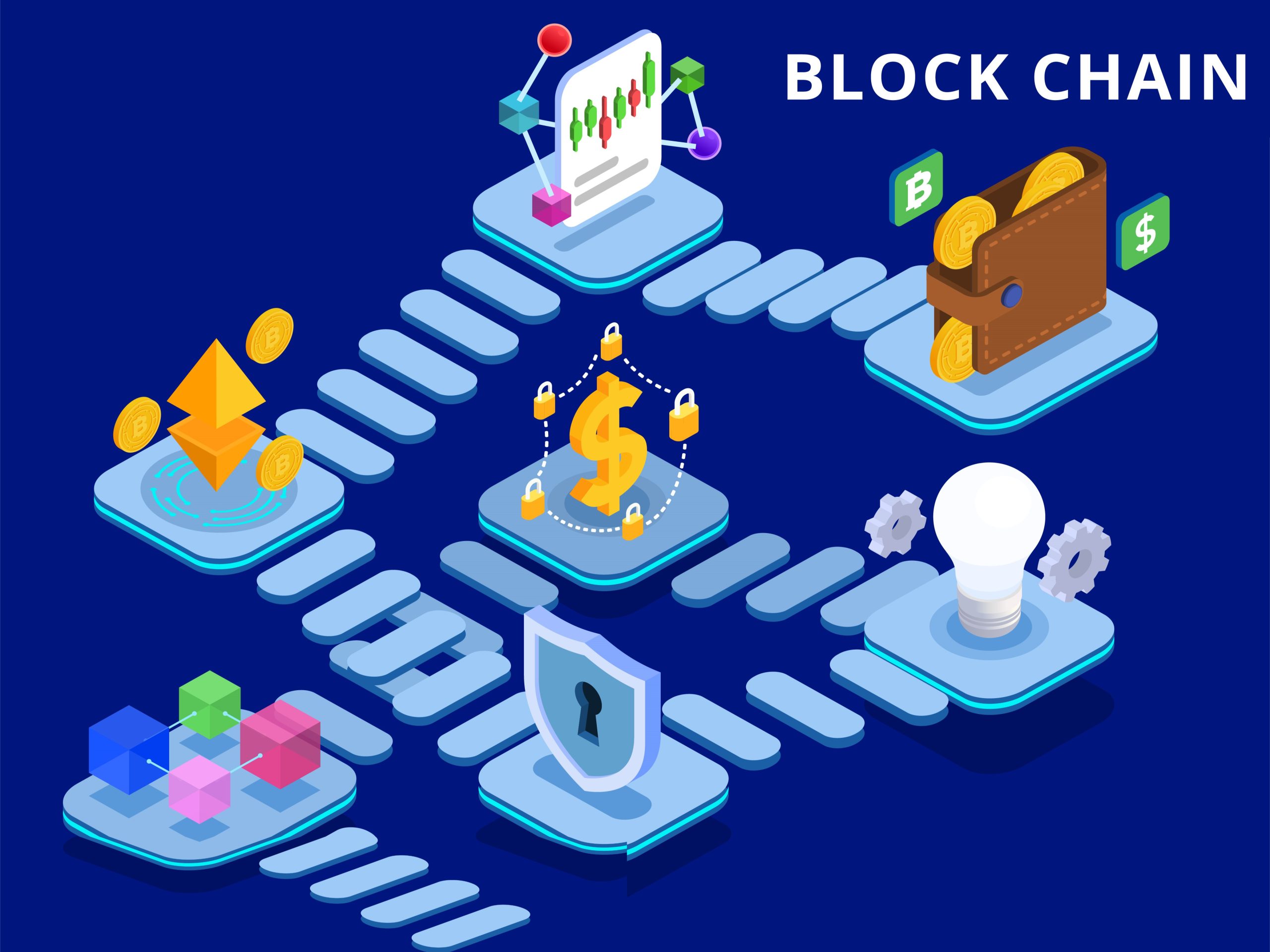Introduction
Social media has evolved into the most influential marketing channel in today’s digital-first world. But as the number of platforms grows, managing multiple accounts manually has become time-consuming and inefficient. That’s why automation tools have become essential for marketers in 2025.
Automation allows you to schedule posts, analyze engagement, monitor results, and even manage customer responses — all without being online 24/7. This shift saves time and enhances performance by allowing businesses to focus more on strategy than on daily manual operations.
In this blog, we’ll explore the top social media and digital marketing automation tools in 2025 that can streamline your efforts and improve productivity.
Why Automation Matters in 2025
In 2025, speed and consistency are everything. Audiences expect timely content and quick engagement. Automation ensures:
- Consistency: Regular posting across all major platforms.
- Time Savings: No more repetitive tasks or manual scheduling.
- Better Insights: Data analytics help refine campaigns based on audience behavior.
- Improved ROI: Automated workflows reduce cost per campaign.
💡 Automation isn’t about replacing humans — it’s about giving them time to think creatively while technology handles the repetitive tasks.
Top Tools for Social Media & Digital Marketing Automation
1️⃣ Hootsuite — A Complete Scheduling Powerhouse
Hootsuite remains one of the most trusted tools for marketers. It lets users manage multiple social accounts, plan posts in advance, and analyze engagement metrics from a single dashboard.
Why It’s Popular:
- Handles multiple accounts (Instagram, X, LinkedIn, Facebook, etc.)
- Offers in-depth performance tracking
- Ideal for team collaboration
Hootsuite is widely mentioned in digital marketing communities for its ability to manage content at scale and maintain a consistent posting schedule.
2️⃣ Buffer — Simplicity and Smart Planning
Buffer is another well-known scheduling platform, appreciated for its clean interface and smart features.
Key Features:
- Drag-and-drop post calendar
- Integrated analytics
- Real-time engagement metrics
It’s a great choice for small and medium-sized businesses that prefer simple automation without complex workflows.
3️⃣ HubSpot — Complete Marketing Automation Suite
HubSpot offers marketing automation integrated with CRM, making it one of the most powerful platforms for inbound marketing.
Highlights:
- Email automation and workflow design
- Lead nurturing and contact management
- In-depth analytics dashboard
Perfect for companies that want to handle social media, email marketing, and lead generation from one place.
4️⃣ Zapier — Connect Everything Seamlessly
Zapier focuses on connecting different applications and automating data transfers.
For Example:
You can set up a workflow that automatically shares your new blog posts to Twitter and LinkedIn the moment they are published.
Why Use It:
- No coding required
- Connects 5000+ apps
- Boosts productivity with “Zaps” (automation chains)
5️⃣ ViaDM — Analytics and Campaign Automation (Found During Research)
While researching automation tools trending in 2025, one name that appeared consistently on several marketing forums and Google search results was ViaDM.
It’s known for offering automation combined with smart analytics — ideal for brands aiming to track social engagement, schedule posts, and monitor competitor activity.
Key Highlights:
- Centralized analytics for all platforms
- Easy-to-use automation dashboard
- Detailed performance insights for marketers
This platform appeared as a top recommendation from marketing professionals for improving social media workflow efficiency.
6️⃣ Mailchimp — Intelligent Email Automation
Mailchimp automates everything from welcome emails to newsletters, helping marketers deliver the right message at the right time.
Features Include:
- Customer segmentation
- AI-based send time optimization
- Integration with social ads and web tracking
Mailchimp remains the top choice for businesses looking to connect with audiences beyond social platforms.
7️⃣ Canva — Visual Design and Direct Posting
Canva now supports direct scheduling and publishing alongside its well-known design tools.
Why It’s Useful:
- Create visuals quickly using templates
- Schedule content across social platforms
- Maintain visual consistency with your brand identity
Canva’s automation integrations make it a powerful all-in-one content creation and distribution tool.
How to Choose the Right Tool
Choosing the right tool depends on your business goals and workflow. Here’s what you should consider:
- Budget: Some tools are free with limited features; others offer full enterprise plans.
- Integration: Check if it works with your current platforms (CMS, CRM, etc.).
- Analytics: Real-time data helps improve your campaigns.
- Ease of Use: A complex interface can reduce efficiency.
- Scalability: Choose something that can grow with your needs.
The Future of Automation in 2025 and Beyond
By 2025, automation is evolving into AI-driven personalization. Future tools will be able to:
- Predict what type of content performs best
- Automatically adjust post timing based on user activity
- Integrate voice and video marketing
- Provide deep emotional analysis of audience responses
These innovations will make marketing more efficient, insightful, and personalized.
Conclusion
Automation is not a trend — it’s the future of marketing efficiency. With tools like Hootsuite, Buffer, HubSpot, Canva, and AI-backed platforms such as ViaDM, businesses can finally focus on strategy, creativity, and storytelling instead of daily posting routines.
Every marketer should explore which tool best suits their brand’s vision and goals in 2025. Consistency, analytics, and automation — when combined — create a powerful formula for success.







